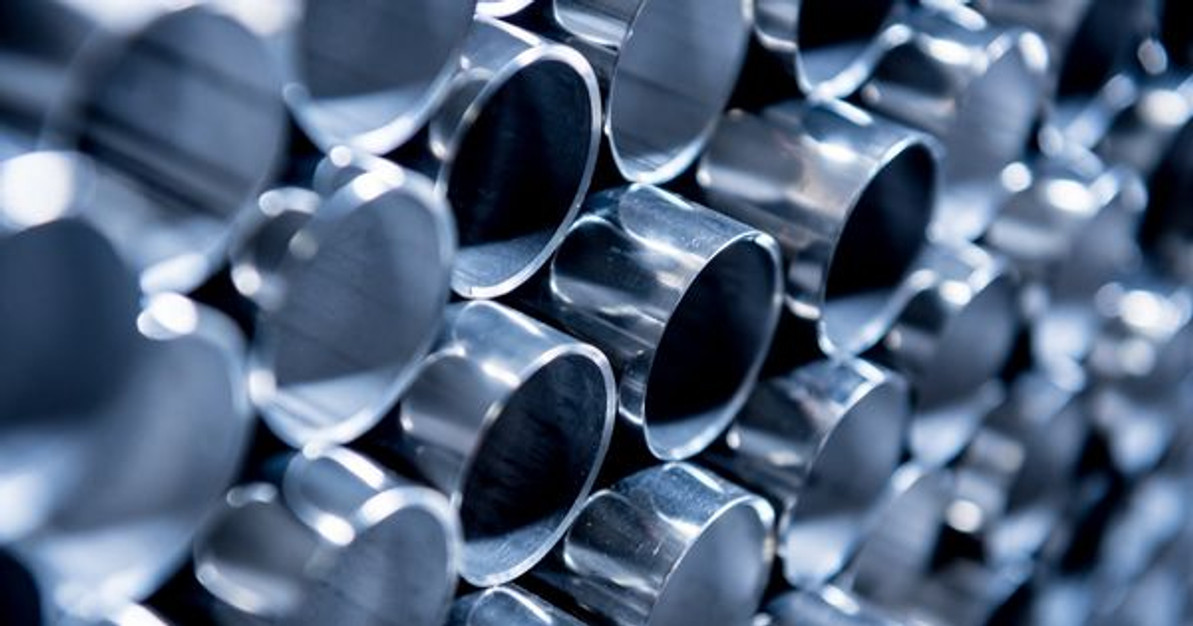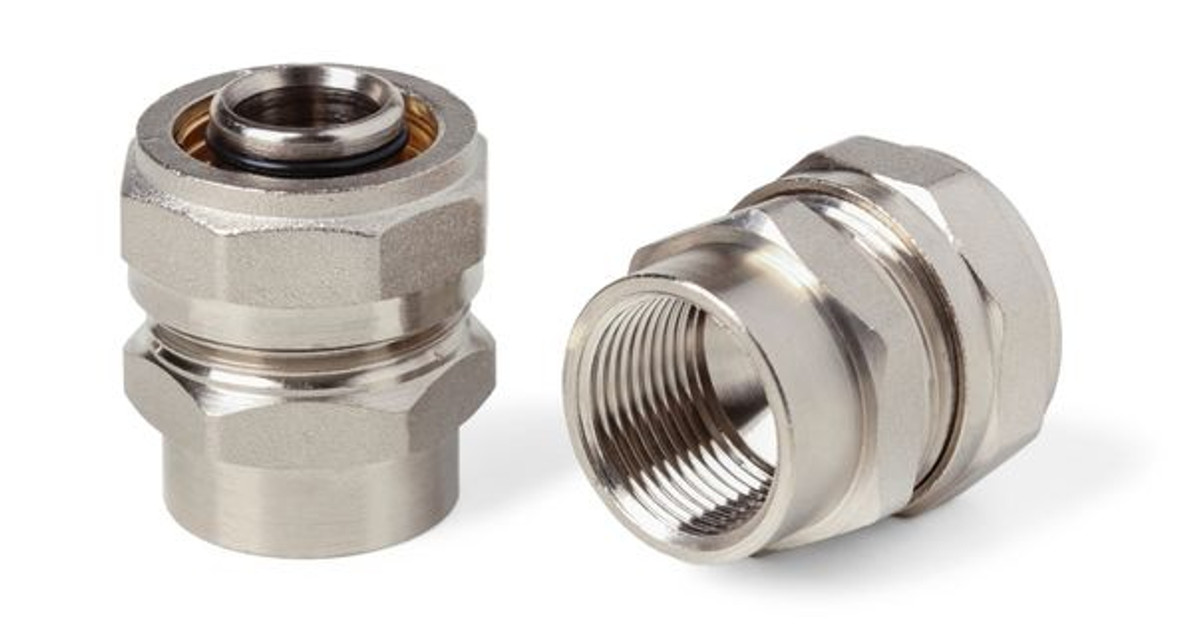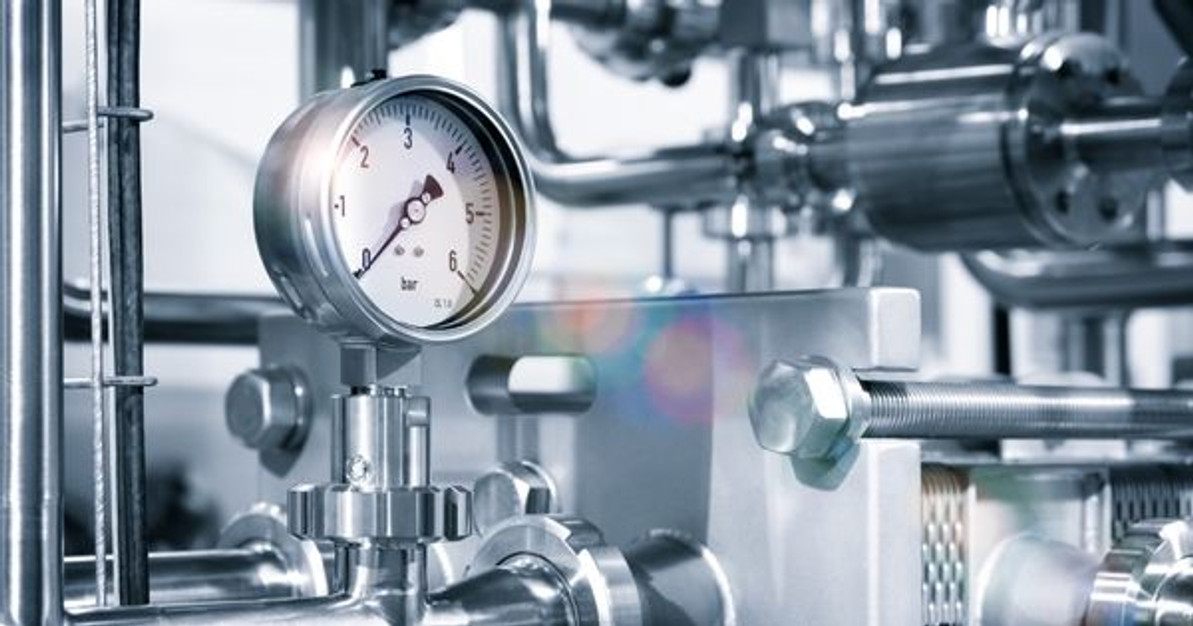 Feb 26th 2017
Feb 26th 2017 Stainless Steel Sanitary Valves: This Matters When It Comes To Brewing Beer
 Cleanliness is essential when it comes to brewing beer. That might sound strange to you, especially because beer contains alcohol, which naturally sanitizes things. When you’re brewing beer, sanitation is paramount to success because it is necessary for providing good growing conditions for the yeast in the beer, and it provides good growing conditions for other micro-organisms - especially wild yeast and bacteria.
Cleanliness is essential when it comes to brewing beer. That might sound strange to you, especially because beer contains alcohol, which naturally sanitizes things. When you’re brewing beer, sanitation is paramount to success because it is necessary for providing good growing conditions for the yeast in the beer, and it provides good growing conditions for other micro-organisms - especially wild yeast and bacteria.
In order to make sure these conditions are ideal, cleanliness and sanitation must be maintained throughout every single stage of the brewing process. This is why Chemseal is popular with many aspiring and professional brewers. Our sanitary valves and stainless steel fittings, including sanitary butterfly valves, ensure that your brewing operations will go without a hitch, giving you the best possible environment for bacteria and yeast to manifest into delicious beer down the road.
CLEANLINESS IN GENERAL
Though the cleaning process and chemicals that a brewer chooses will vary widely from brewer to brewer and worksite to worksite, many factors play a part in this very important aspect of a brewing operation. Various chemical and equipment requirements are determined by the personal preference or training of the brewer, and can also be mandated by often strict health/workplace code requirements. At least with Chemseal’s sanitary ball valves and sanitary butterfly valves, you can trust that our equipment meets the strictest sanitation standards, regardless of your valve preference for your brewing operation.
When it comes to cleaning your workstation to brew, there is more than one universal, one-size-fits-all option. There are, however, three main variables that you can control to determine how effective your cleaning process is no matter what process or chemical you choose to use. These variables consist of time, temperature, and concentration. Being able to control and optimize each variable for your particular brewing process will largely determine how effective your clean-up efforts are.
TEMPERATURE
As far as temperature goes, cleaning is most effective above 140 degrees Fahrenheit, but below 180 degrees Fahrenheit. Just like the brewing process itself, temperatures over 180 degrees Fahrenheit will cause organic contaminants to precipitate proteins, which can actually inhibit cleaning.
The adjustments you make to your starting temperature will allow you to maintain an optimal temperature range for the entire cleaning process, including those stainless steel ball valves.
TIME
It is advisable to establish a minimum time for all cleaning procedures when it comes to your brewing operation. Unlike temperature and concentration, time is nice because you can increase it without serious consequences. Remember that not every piece of brewing equipment is created equal, however - size and extent of use matter. Adjust your cleaning time accordingly to each sanitary valve, stainless steel valve, or other pieces of brewing equipment.
CONCENTRATION
Concentration is a very important variable when it comes to the beer brewing process. A good rule of thumb is that more is not better. As such, a high concentration of cleaner, especially caustic cleaner, can create pitting in stainless steel surfaces and various sanitary valve components that Chemseal provides. This pitting can and will drastically shorten the useable life of that particular piece of brewing equipment.
You should know your concentrations by measuring. Don’t guess or assume that the ratio of cleaner to water is correct. In order to make sure that a concentration is what it should be, use test strips and/or a pH meter. You can ask your supplier what the optimal range is for your particular chemical and process. Many cleaners can be reused, as long as they are still in the optimal range of both pH and concentration. Often, a slight adjustment to the pH balance will correct your concentration if it is incorrect.
GET THE SMALL STUFF
Your stainless steel sanitary valves, sight glass valves, faucets, and other small and often overlooked components of brewing equipment matter just as much as that giant keg in the corner. These small valves have even tinier parts and crevices that normal cleaning processes can overlook. These stainless steel valves and other small brewing components need to be removed, taken apart, and cleaned by hand, followed by a thorough visual inspection to ensure that they are as clean as possible. Don’t forget to fine clean your gaskets, pipes, and hose lines too!
BE PATIENT AND INSPECT
The brewing process is a long and patient one, especially if you’re looking to produce high-quality, delicious and satisfying beer. And what kind of brewer doesn’t want that? For quality control and cleanliness purposes, visual inspection is the only way to truly know that your equipment is clean. Open your equipment up and check it out.
Chemseal is proud to provide high-quality sanitary butterfly valves, sanitary ball valves, and other components to aid your sanitary brewing process. If you’re as thorough as Chemseal is when it comes to the quality, sanitation and overall customer satisfaction of our variety of stainless steel fittings, then your beer is sure to be a huge hit!
 Feb 26th 2017
Feb 26th 2017 Recent Posts
-
Nov 7th 2022
What Is Food-Grade Stainless Steel Tubing?
Businesses that produce food and beverage products must operate hygienically. Sterile environments a …Nov 7th 2022
-
Oct 11th 2022
Why Sanitary Fittings Are Important for the Medical Industry
Sanitary fittings are useful for many industries. Food and beverage manufacturers have used these to …Oct 11th 2022
-
Sep 23rd 2022
What Is the Max Operating Temperature for Stainless Steel?
Stainless steel is valued in many industrial applications because it’s capable of withstanding high …Sep 23rd 2022



